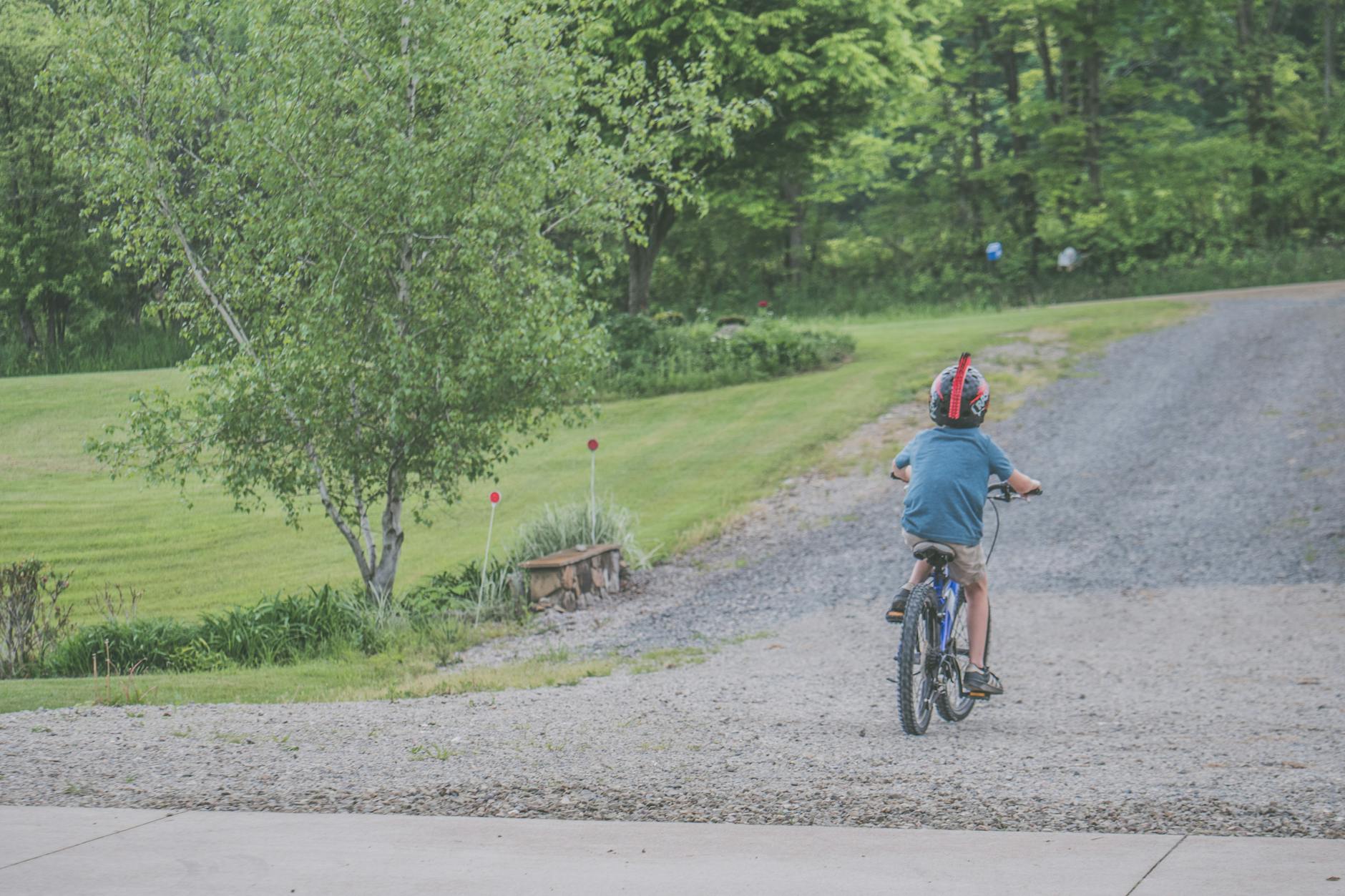Discover the must-know tips for ensuring a safe and enjoyable family cycling experience – pedal with peace of mind today!
Table of Contents
There’s no denying the joy and excitement that comes with teaching your child how to ride a bike. However, ensuring their safety while cycling is paramount. From choosing the right bike size to following safety tips and selecting the best balance bikes for toddlers, this comprehensive guide covers everything you need to know to pedal with peace of mind.
How to Choose the Right Bike Size for Children
When it comes to selecting the perfect bike for your child, size matters. A bike that is too big or too small can not only be uncomfortable but also pose safety risks. To determine the right bike size for your little one, consider their height, age, and inseam measurement.
Start by measuring your child’s inseam, the distance from the crotch to the floor. This measurement will help you determine the appropriate seat height for the bike. Additionally, take into account your child’s age and height to ensure a proper fit. A bike that is too large can be challenging to control, while one that is too small can cause discomfort and potential injuries.
Adjusting the bike to fit your child properly is essential for their safety and comfort. Make sure the seat height is adjusted to allow a slight bend in the knees when pedaling and the handlebars are at a comfortable reach. A properly fitted bike will not only enhance your child’s riding experience but also minimize the risk of accidents.
Safety Tips for Cycling with Kids
Cycling with children can be a fun and rewarding experience, but safety should always be a top priority. Before hitting the road, ensure your child is equipped with a helmet and other protective gear, such as knee and elbow pads. Encourage them to wear bright, reflective clothing to enhance visibility, especially during low-light conditions.
Teaching children the rules of the road and basic cycling etiquette is crucial for their safety. Instill in them the importance of signaling, looking both ways before crossing intersections, and staying alert to their surroundings. Choose safe cycling routes, such as designated bike paths or quiet residential streets, and practice good road awareness to avoid potential hazards.
Best Balance Bikes for 2-Year-Olds
Balance bikes are an excellent way to introduce young children to cycling and develop their balance and coordination skills. Designed without pedals, these bikes allow toddlers to propel themselves forward using their feet, gradually transitioning to traditional pedal bikes.
When selecting a balance bike for a 2-year-old, consider features such as adjustable seat height, lightweight construction, and durable tires. Look for bikes with a low minimum seat height to accommodate younger riders and a sturdy frame for stability. Top-rated balance bikes for toddlers include models with ergonomic handlebars, puncture-resistant tires, and easy-to-grip grips.
Tips for Teaching Young Children How to Ride a Bike
Introducing young children to the world of cycling can be a rewarding experience for both parents and kids. Begin by teaching them the basics of balance and coordination through fun drills and games. Encourage them to practice gliding and steering to build confidence and improve their cycling skills.
Patience and encouragement are key when teaching young children how to ride a bike. Start with short practice sessions in a safe, controlled environment, such as a park or empty parking lot. Use positive reinforcement and praise their efforts to boost their confidence and motivation. Remember, every child learns at their own pace, so be patient and supportive throughout the learning process.
Conclusion
As you embark on the journey of cycling with your child, prioritize safety and enjoyment above all else. By choosing the right bike size, following safety tips, selecting the best balance bikes, and teaching young children how to ride, you can create memorable experiences and instill a love for cycling that will last a lifetime. Pedal with peace of mind knowing that you’ve equipped your child with the skills and knowledge to cycle safely and confidently.

